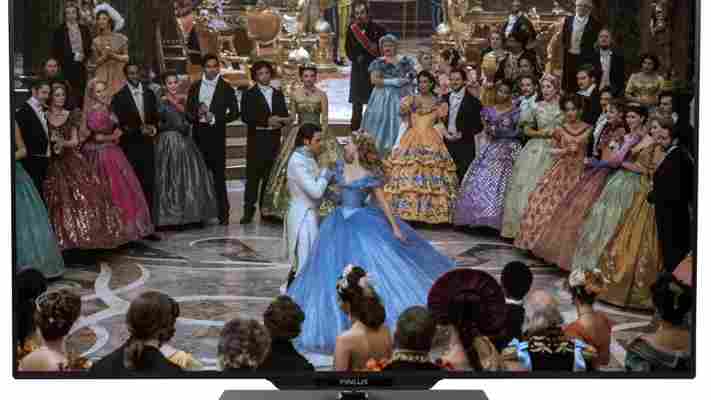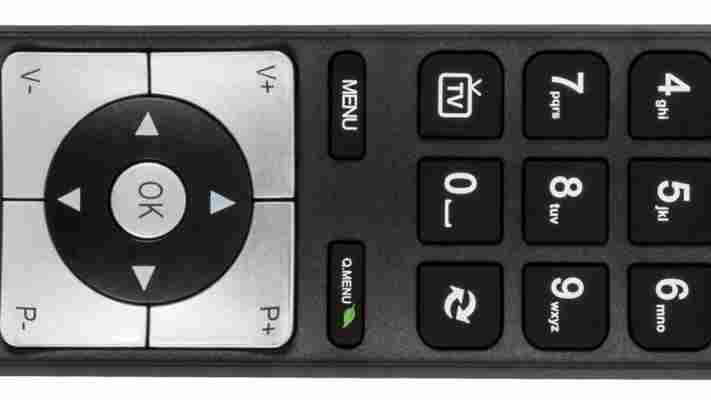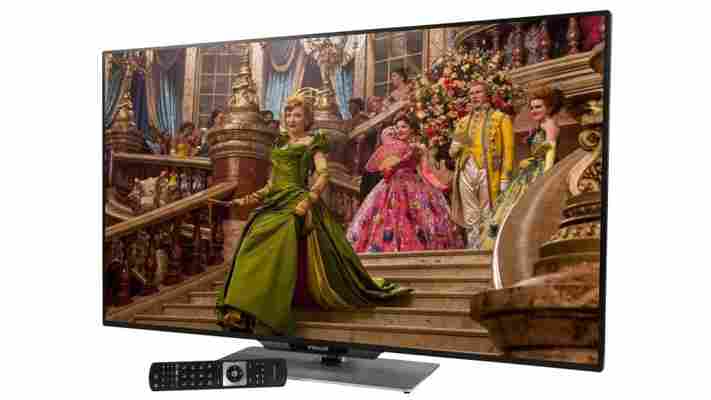Finlux 48FT3E242S-T review
Posted in Angelcityfurniture
The Finlux 48FT3E242S-T is possibly one of the most attractive TVs you can buy for less than £400. Its flat metal stand has a stylish hairline finish, which is a welcome change from the chunky plastic stands we tend to see at this end of the market, such as on Samsung’s UE40H5500 , and its slim bezel and dimensions are just as smart and tasteful as sets that costs twice the price. It's only available in the one size, but 48in is a good fit for many UK living rooms.
Overall screen brightness isn’t particularly high, measuring 234.54cd/m2 with the backlight on its maximum setting, but this is still perfectly acceptable and we were able to see the screen clearly in our brightly lit test room. We were also pleased with the TV’s contrast levels, which measured an impressive 4820:1 out of the box. This provided plenty of detail in darker scenes and the TV’s viewing angles were fantastic. Likewise, black levels of just 0.05cd/m2 are impressive for a budget set, beating mid-range sets from both LG and Panasonic.

You’ll need to tweak the picture settings to get the best image, though, as our colour calibrator’s initial reading showed the screen was displaying just 86.9% of the sRGB colour gamut. We expect this to a certain degree on budget sets, but it’s still a shame it can’t quite match the Finlux 42FME242S-T ’s pre-calibration reading of 92.6% straight out of the box.
The TV’s main area of weakness was its warm colour coverage, which fell short of the sRGB colour boundary. Its green, yellow and blue coverage was also quite strong, resulting in a slightly cool-looking picture overall. Still, once we’d set the colour temperature to Warm, the backlight to High and changed the RGB Gain settings to Red 16, Green 15 and Blue 16, we achieved a much more respectable 97.9% on its default Natural picture mode, giving the screen a much richer, more vibrant appearance.
This is just as well, as there aren’t many other settings available to help you fine-tune the picture any further. Apart from basic brightness, contrast, backlight, sharpness and colour settings, the only other options you’ll find are dynamic contrast, picture zoom, skin tone adjustment, red/green colour shift, film mode and HDMI True Black settings.

^ The remote could be better, but we like its dedicated Netflix button at the top
You can also enable noise reduction to help improve the quality of low resolution content, such as standard definition TV channels, but we found it didn’t make a huge amount of difference. It definitely eradicated some unwanted artefacts and noisy areas of compression, but these were still present to some degree, even on High. As a result, you’ll probably want to stick to as many HD channels as possible, as these provided a much clearer, sharper picture that was largely free of jagged edges.
Unsurprisingly, there’s no frame interpolation, but we were very pleased with how the image processor handled fast-moving action sequences. Camera pans were still noticeably jerky, but on the whole films looked smooth and natural, and were comfortable to watch.
